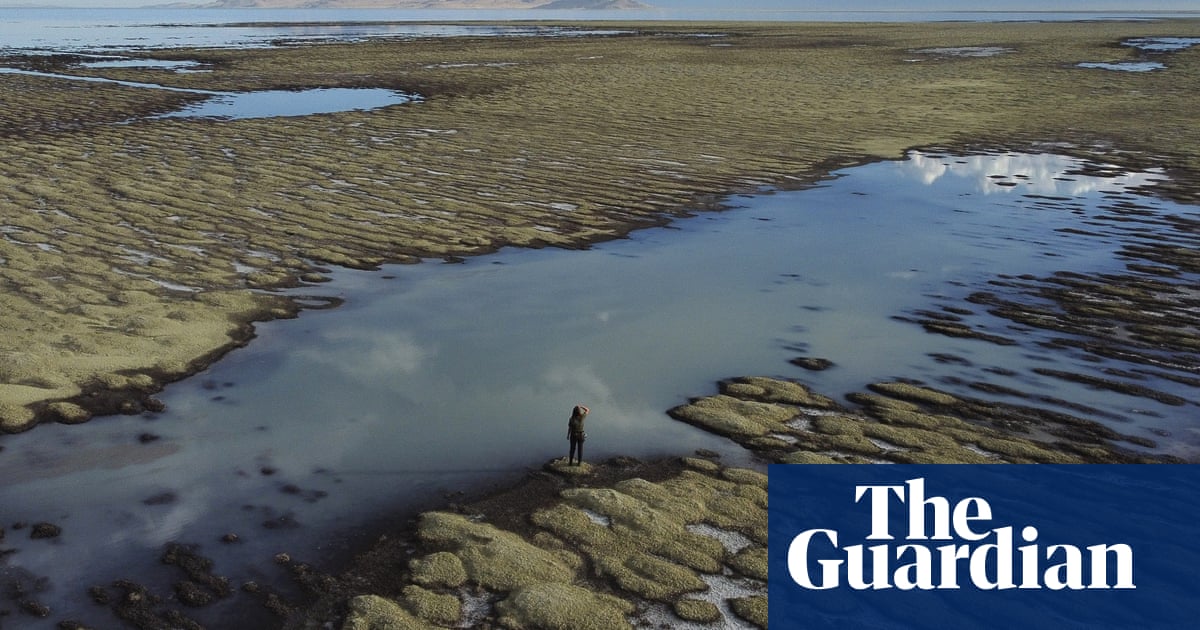For years, scientists and environmental leaders have been raising alarm that the Great Salt Lake is headed toward a catastrophic decline.
Now, new research points to the lake’s desiccating shores also becoming an increasingly significant source of greenhouse gas emissions. Scientists have calculated that dried out portions of the lakebed released about 4.1m tons of carbon dioxide and other greenhouse gases in 2020, based on samples collected over seven months that year.
Their study, published last month in the journal One Earth, suggests that the Great Salt Lake – which is the largest saltwater lake in the western hemisphere – and other shrinking saline lakes across the world could become major contributors of climate-warming emissions. The research also adds to a dire list of environmental consequences brought on by the lake’s precipitous decline.
Last year, environmental and community groups sued Utah officials over failures to save the famous lake from irreversible collapse. In recent decades, as more and more water has been diverted away from the lake to irrigate farmland, feed industry and water lawns, a report last year estimated that the lake had lost 73% of its water and 60% of its surface area. Its decline was accelerated by global heating and a mega-drought in the US south-west.



On the plus side, once the lake is gone they can start building houses out there. /s
650 sq ft, $1.5 million, HOA fees are $1100 a month
They will be much closer to Wendover where they can cross into Nevada and get higher alcohol content beer.